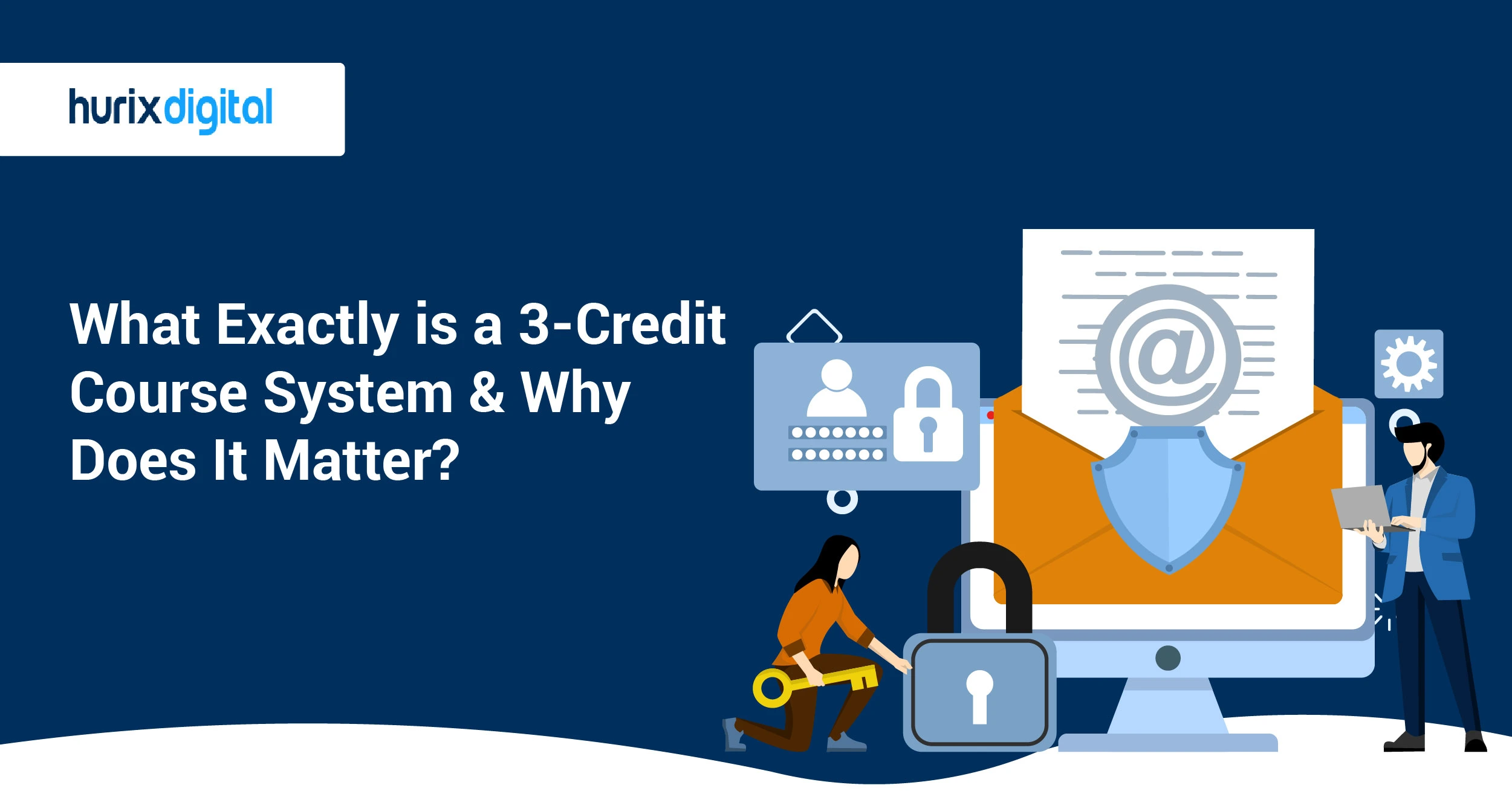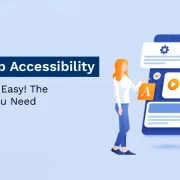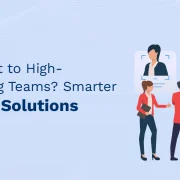
5 Types of Online Learning That Increases Employee Productivity
Employee productivity plays a crucial role in the success of any organization. In the face of continuously evolving technology and knowledge, it is imperative for organizations to invest in their learning and development. As employees look for ways to grow and further their careers, L&D is an effective means to allow them to upskill and re-skill and remain relevant to the marketplace. By providing growth opportunities, enterprises can retain their employees for the long-term, win their loyalty and ensure that they play a proactive role in meeting organizational goals.
In recent times, online learning has gained popularity due to the various benefits it offers in comparison to classroom teaching. For one, employees can learn on their own and access resources when they need them the most.
Traditionally, learning at the workplace was restricted to the classroom and dependent on instructors to deliver the training. However, this meant that all employees had to be present in the classroom at a predefined time. However, it was difficult to align the schedules with their roles and obligations. All this changed with the emergence of the Internet and digital learning.
The Internet and digital technology have shifted learning to the online environment. This trend gained further momentum on the back of the ongoing COVID 19 pandemic that forced employees to work remotely and organizations to adopt online learning.
Online learning leverages a wide range of multimedia elements to make learning fun, exciting, and relevant. Here are some of the benefits of online learning:
Flexible: Online learning is flexible in that learners can access the course content at their convenience, in the comfort of their homes, in the workplace, or while commuting.
Learner-centric learning: Course content for online learning is designed to give learners greater control over their learning. For instance, it may be in the form of gamification with multiple branching scenarios, allowing learners to follow a course of action and then course correct towards the final learning goal.
Self-paced learning: Perhaps one of the greatest benefits of online learning is that learners can revisit the concepts as many times as they want and proceed at their own speed, assimilating the learning and transferring it to the workplace.
Here are 5 types of online learning techniques you can adopt to increase employee productivity.
Microlearning
We are living in a world of information overload and with a limited attention span. Learners no longer have the time or patience to wade through long lessons. Microlearning is a form of online learning that breaks down and encapsulates course content in the form of micro nuggets, which can be assimilated at one go. The nature of these nuggets is such that they are very concise yet complete in the knowledge they provide. Learners don’t have to sieve through the content to find what they are looking for – everything is presented in a neat digestible form. Microlearning content is usually in the form of a 3-5 minute video, which means that learners can access it on their mobile devices whenever they have a break, before or in-between meetings.
Mobile learning
With mobile phones becoming a constant presence in our lives, it is little wonder that enterprises are leveraging them to deliver online learning. This form of online learning is a means to provide contextual content that is tailored to the needs of the end-learners. With mobile learning, you can provide your employees with the right information at the right time to fill knowledge gaps or seamlessly complete a job. Some individuals within the organization are constantly on the move and need access to vital pieces of information – and they need it immediately, anywhere, and at any time. Mobile learning helps to address the learning needs of people on the move.
Instructor-led learning
With enterprises becoming increasingly dispersed, it is very difficult and expensive to gather the instructor and the learners to a single venue. It’s logistically unviable given the huge amount of transportation and accommodation costs involved, not forgetting the difficulties in adjusting so many schedules. Instructor-led online learning is a means to provide virtual classroom sessions. Instructor-led online learning is delivered via an online platform such as Zoom, Microsoft Teams, Google Hangouts or a learning management system (LMS). Both the instructor and the learners log into the platform for a virtual training session. Here, the learners can interact with the instructor and peers through chat and other communication tools. And in case the lessons are delivered via an LMS, you can also leverage reporting tools to measure real-time engagement and feedback.
Web-based learning
Web learning is a form of online learning that is delivered via a website. Employees can access the website on their personal devices using the Internet. The course content is uploaded on the website, and learners can learn as and when they wish to. Course content on the website can be designed in the form of audio-video, text, infographics, and presentations.
Blended learning: This form of learning is a combination of both online and offline learning. It is extremely popular in today’s learning environment, given that it incorporates the best of both worlds. Blended learning can be in many forms; for instance, an instructor in a traditional classroom uses online resources to reinforce concepts, or most learning takes place in the online environment, and the instructor provides additional support in the classroom. It can also be rotational, with learners rotating between self-paced learning and classroom learning.
In conclusion
With the Internet and digital technology taking center stage, online learning is fast gaining pace. Enterprises are increasingly leveraging the online platforms to deliver online learning, thus, enabling their employees to upskill or reskill in tune with the evolving knowledge landscape. With training, employees can significantly increase their productivity and remain relevant to the market. However, within today’s complex business environment, traditional classroom training cannot fulfill the current need to continuously update knowledge and skills. Online learning is thus a means to overcome the various limitations of the classroom, allowing employees to learn at their own pace and on the device of their choice.
Besides, digital technology helps to make courses more contextual, relatable, and engaging. There are several online learning strategies that you can adopt to increase employee productivity. One of the greatest benefits of online learning is that you can tailor it to your unique requirements, leveraging several formats such as microlearning, mobile learning, web-based learning, instructor-led learning, and blended learning among others.









